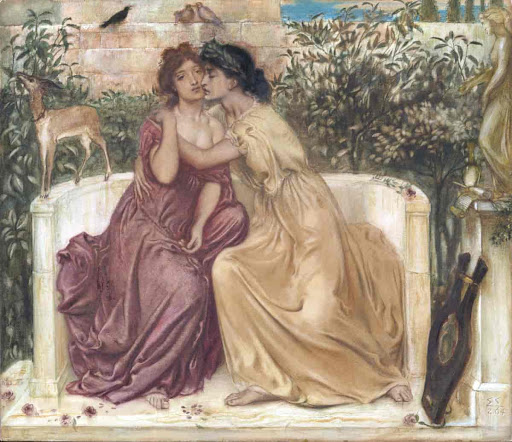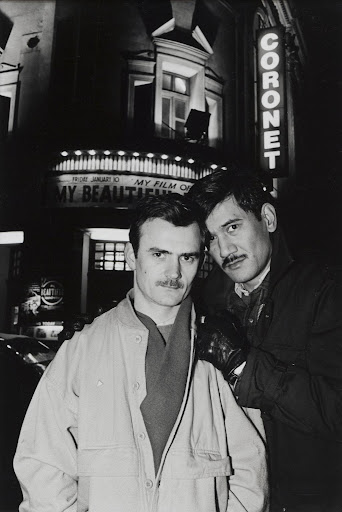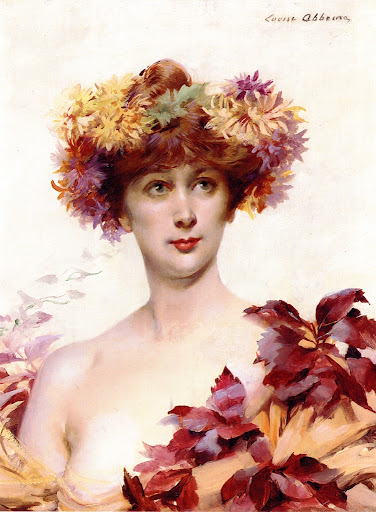There is no doubt that Gustav Klimt’s “The Kiss” and Sandro Botticelli’s “The Birth of Venus” are iconic portrayals of love, desire and sexuality, but they are far from the only ones. Unfortunately, our current art historical canon prioritizes narratives from white, male, cisgender and straight artists, portraying themes that thus align with the experiences of that demographic. However, once one dips their toe outside of the canon, powerful narratives concerning love and desire between people of color and LGBTQ people begin to unfold like a beautiful storybook.
While readers should do some research into this artistic representation for their own enrichment, whether by a quick Google search or a visit to an art gallery,here is a list of a few of my favorite visual artists who portray queer love.
Zanele Muholi
Portraying queer love “ … means celebrating and acknowledging the presence and existence of all those who have been denied their right to love,” explained the iconic South African queer photographer and visual activist Zanele Muholi. Muholi is one of many contemporary artists across the globe who challenges the negative rhetoric surrounding LGBTQ identities, specifically tackling the false idea that homosexuality is un-African. Muholi is well versed in portraiture and self-portraiture, as seen in her more recent exhibit “Somnyama Ngonyama: Hail the Dark Lioness”: a series of self-portraits examining the intersectionality between race, gender and sexuality within her own Black queer body.

Zanele Muholi, “Sibusiso, Cagliari, Sardinia, Italy,” 2015. (Glasgow School of Art, Flickr)
Simeon Solomon
Due to the taboo nature of queer love even just 50 so years ago, some may have expected this list to include only contemporary art. However, Simeon Solomon’s Raphaelite-era paintings, which depict relationships between both queer and Jewish figures, decidely shatters that expectation. Solomon is an illustrious, yet again underrated, 19th century painter who was both gay and Jewish and worked in Victorian England. As a recent CNN article covering Solomon’s work described, his “Sappho and Erinna in a Garden at Mytilene” painting is considered to be one of the “first depictions of same-sex female desire made for a gallery-going audience in the West.” Depicting Sappho’s story, an iconic tale of lesbian love, the work underscores Solomon’s subtle references to controversial identities. During this era, only classical motifs and traditions, like the story of Sappho, were allowed to be invoked as a reference to gay love, surreptitiously appealing to queer viewers. Even if cisgender, heterosexual viewers may have thought this was a mere retelling of a Greek tale, others could feel represented and celebrated for their desire and life. Unsurprisingly, Solomon’s career was cut short due to his scandal and arrest for possible gay activities with men in 1873 and 1874, as the worlds of art and politics have often tried to silence LGBTQ people.

Simeon Solomon, “Sappho and Erinna in a Garden at Mytilene,” 1864 (snl.no/Creative Commons)
Sunil Gupta
Intersectionality is at the center of the queer community, as we are only strengthened by the many other identities we bring to the table. Sunil Gupta is the perfect example of this, as an inspirational photographer and activist who lives in London and was born in New Delhi, India. Some of his most famed works are narrative portraits from the 1980s, where he worked in the U.K. alongside the Autograph ABP (Association of Black Photographers) through the British Black arts movement. Gupta focuses on themes of desire and liberation for those marginalized because of race and sexuality, and he has had exhibitions all across the globe. The photographer was part of a 10 photograph feature on the experience of people of color in London in 1986, which features a photograph of himself and his partner. He often works with images of himself alongside his white partner or photos of other queer long-term relationships, taking the simple format of the portrait and adding a sociopolitical statement. These queer couples, set against recognizable backdrops and enjoying quotidien activities, deny any homophobic assumptions about queer life, allowing them to take up the space they were often denied. Something as straightforward as a portrait can contain various layers concerning both the artist’s own queer story and the broader sociopolitical status of his fellow people of color and queer people.

Sunil Gupta, “Untitled (from Reflections of the Black Experience),” 1986. (Tate.org.uk)
Félix González-Torres
While the previous three artists have all used powerful figurative representations to celebrate queer love and identity, Félix González-Torres is a master of using symbolic, non-figurative forms to highlight these themes. He specializes in ephemeral installations and conceptual minimalist technique. One of González-Torres’ most poignant artworks, which I had the privilege of interacting with at the Art Institute of Chicago, is his “Untitled (Portrait of Ross in L.A),” a symbolic elegy to his lover Ross who died of AIDS. This artwork is made up of candies wrapped in gleaming rainbow cellophane. Visitors are allowed to take from the pile, which is renewed each day to the original delineated weight of 175 lbs., the ideal weight of an average male. As the day continues in the galleries, this weight is depleted just as Ross’ weight fell steeply when he battled AIDS. González-Torres’ elegant and eye-catching sculptural forms are masterpieces of metaphor, often celebrating his deep love for Ross and the traumatic loss that was his death. Every González-Torres artwork leaves me feeling both joyful in a loving and nostalgic way, and pained emotionally at the histories of queer oppression.

Félix González-Torres, “Untitled (Portrait of Ross in L.A),” 1991. (Vilseskogen, Flickr, 2011)
Louise Abbéma
Any list of queer artists is not complete without the mention of iconic lesbian painter and sculptor Louise Abbéma and her lover, actress Sarah Bernhardt. Together they took the art world and the French cultural scene by storm during La Belle Époque in the late 19th and early 20th centuries. While Abbéma painted very well from a young age, she gained recognition at the age of 23 for her portraits of Bernhardt (deemed “Divine Sarah” by her fans), who was quite famous at the time. Abbéma even became Bernhardt’s official portraitist. I can only imagine how much of a power couple these two iconic, vibrant and eccentric artists were. Their own geniuses propelled them together into celebrity status at the time, and it is a shame we do not hear their names nearly as often as we hear the names of cisgender, heterosexual male Belle Époque artists like James Whistler (think Whistler’s Mother) or Henri Rousseau.

Louise Abbéma, Portrait of Sophia Bernhardt. (Irina, Flickr, 2016)
While this list is in no way comprehensive, as queer people have existed and created art for all of human existence, these five artists are an amazing starting point to understanding how queer love can be honored through portraiture. Whether it be falling more in love with yourself or with a partner, love is an essential part of building a stronger and more vibrant queer community. As these portraits of love show, the queer community is not a monolith, but instead a rainbow of experiences and passions that can enrich the world.
Zimra Chickering (24C) is a born and raised Chicagoan who studies art history and nutrition science. She is also a student docent for the Michael C. Carlos Museum, Woodruff JEDI Fellow, educational committee chair for Slow Food Emory, and Xocolatl: Small Batch Chocolate employee. Zimra loves cooking, visiting art museums, photography, doing Muay Thai, drinking coffee, and grocery shopping. She uses writing as an outlet to reflect upon issues and oppurtunities within artistic institutions, and the unique ways in which food and art can act as communicators of culture.






